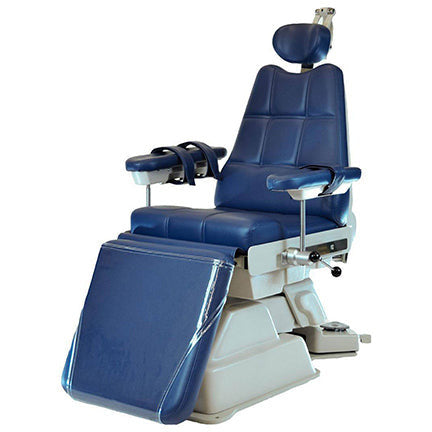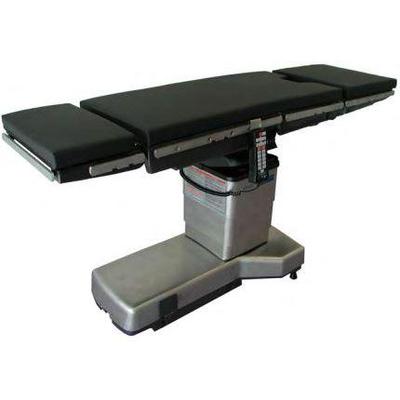News

Mindray + Masimo: Accurate SpO₂ for Every Skin ...
Mindray patient monitors ship with Masimo® pulse oximetry as a standard, integrated parameter
Mindray + Masimo: Accurate SpO₂ for Every Skin ...
Mindray patient monitors ship with Masimo® pulse oximetry as a standard, integrated parameter

Why Practices Are Choosing Mindray: Faster, Mor...
Why more practices are making the switch to Mindray monitors, which come equipped with Masimo® pulse oximetry technology.
Why Practices Are Choosing Mindray: Faster, Mor...
Why more practices are making the switch to Mindray monitors, which come equipped with Masimo® pulse oximetry technology.

Medical Gas Safety: Best Practices for Handling...
Medical-grade gases are used throughout healthcare facilities, from patient rooms to operating rooms. Dental practices also use these gases for various procedures. Knowing how to handle these materials properly can...
Medical Gas Safety: Best Practices for Handling...
Medical-grade gases are used throughout healthcare facilities, from patient rooms to operating rooms. Dental practices also use these gases for various procedures. Knowing how to handle these materials properly can...

Boyd Oral Surgery Chairs: Elevating Comfort and...
Here are a few of the standard features that make Boyd oral surgery chairs a popular choice when it comes to selecting a surgical chair for your dental practice.
Boyd Oral Surgery Chairs: Elevating Comfort and...
Here are a few of the standard features that make Boyd oral surgery chairs a popular choice when it comes to selecting a surgical chair for your dental practice.

Choosing the Right Surgical Instrument Table: A...
Will the medical instrument table be placed next to the operating table, or do you need one that straddles overtop of the operating table? An overtable design has a wider...
Choosing the Right Surgical Instrument Table: A...
Will the medical instrument table be placed next to the operating table, or do you need one that straddles overtop of the operating table? An overtable design has a wider...

Nitrous Oxide in Dentistry and Medicine: Benefi...
Nitrous oxide is commonly used in many different dental and medical practices as a form of light sedation. It can help keep patients relaxed and reduce pain during minor procedures,...
Nitrous Oxide in Dentistry and Medicine: Benefi...
Nitrous oxide is commonly used in many different dental and medical practices as a form of light sedation. It can help keep patients relaxed and reduce pain during minor procedures,...


